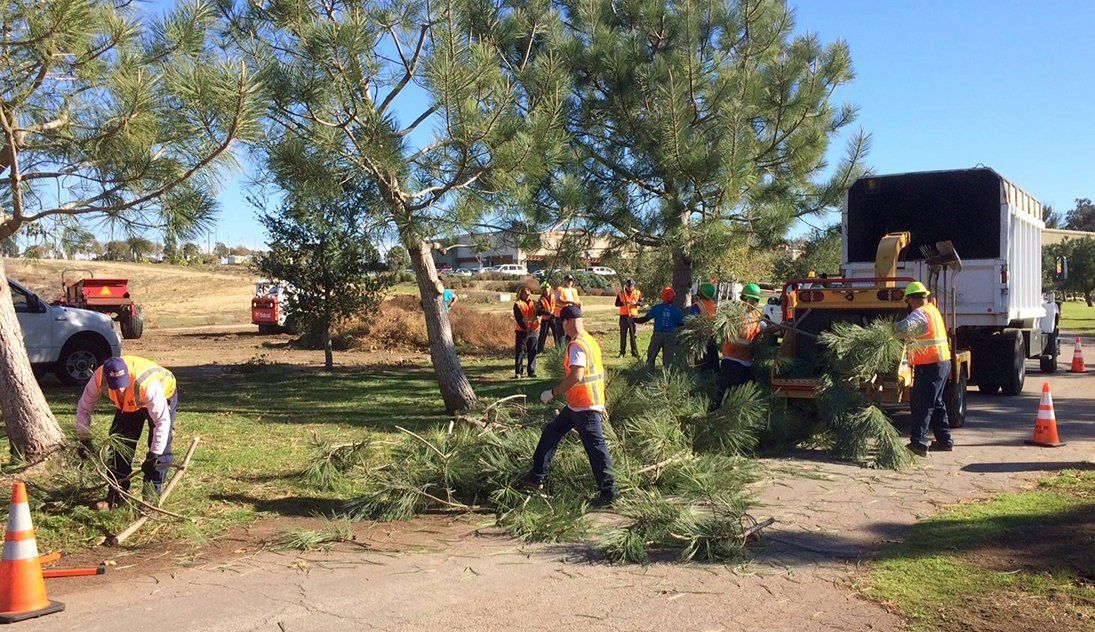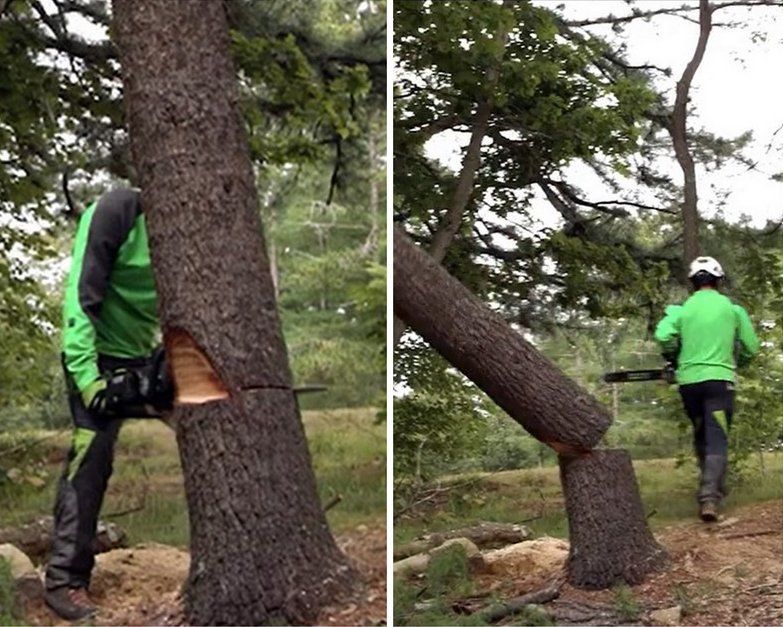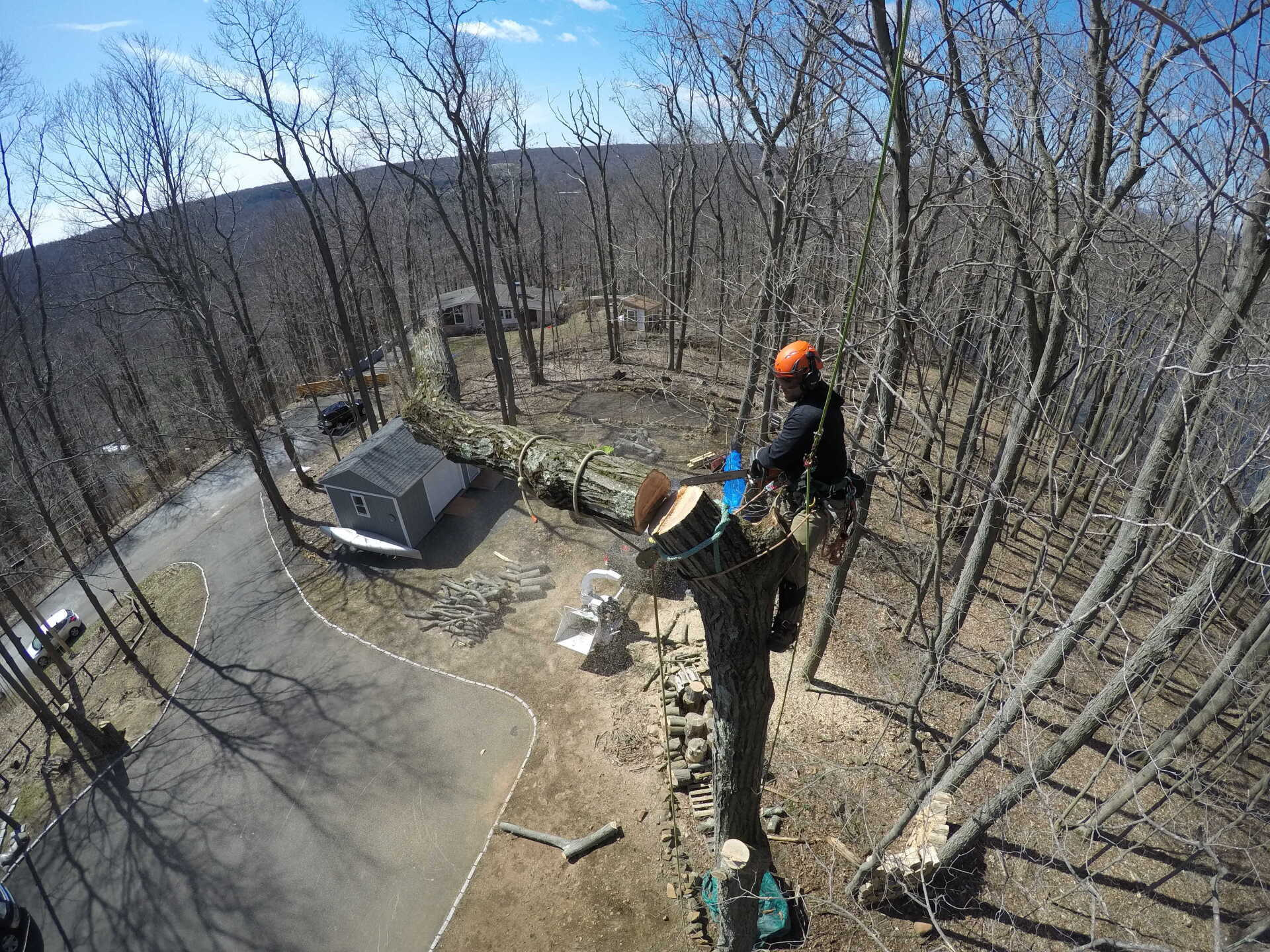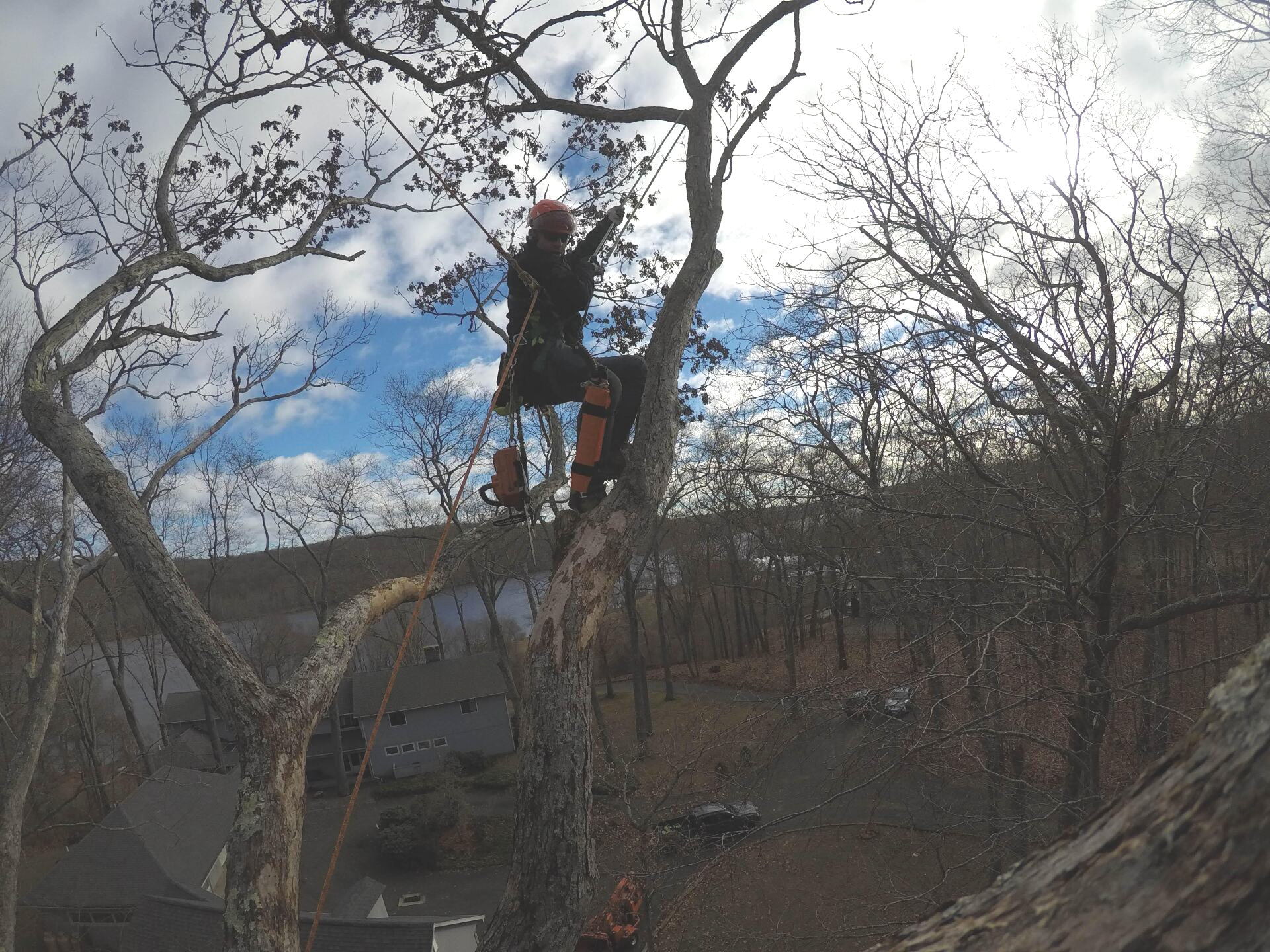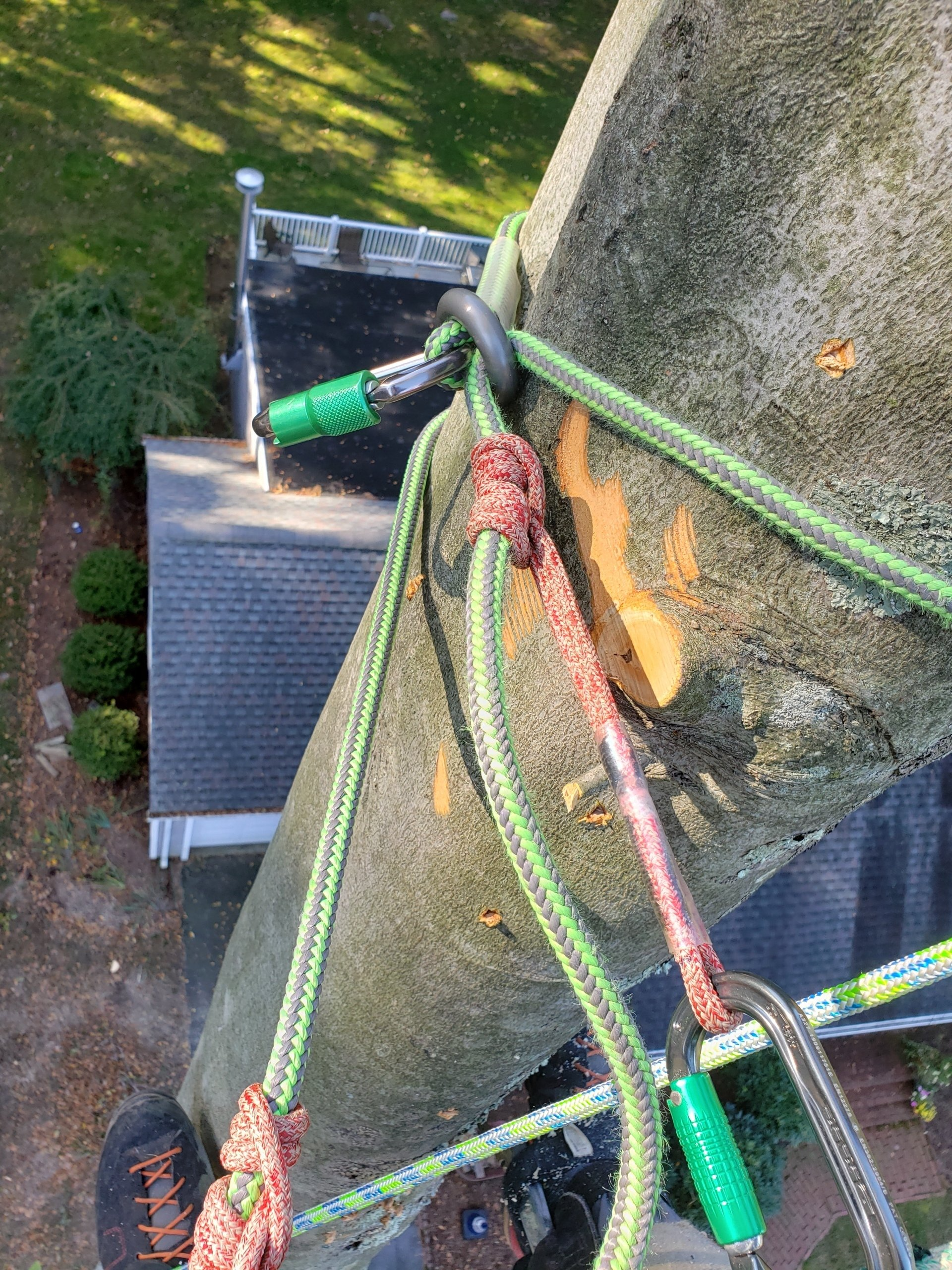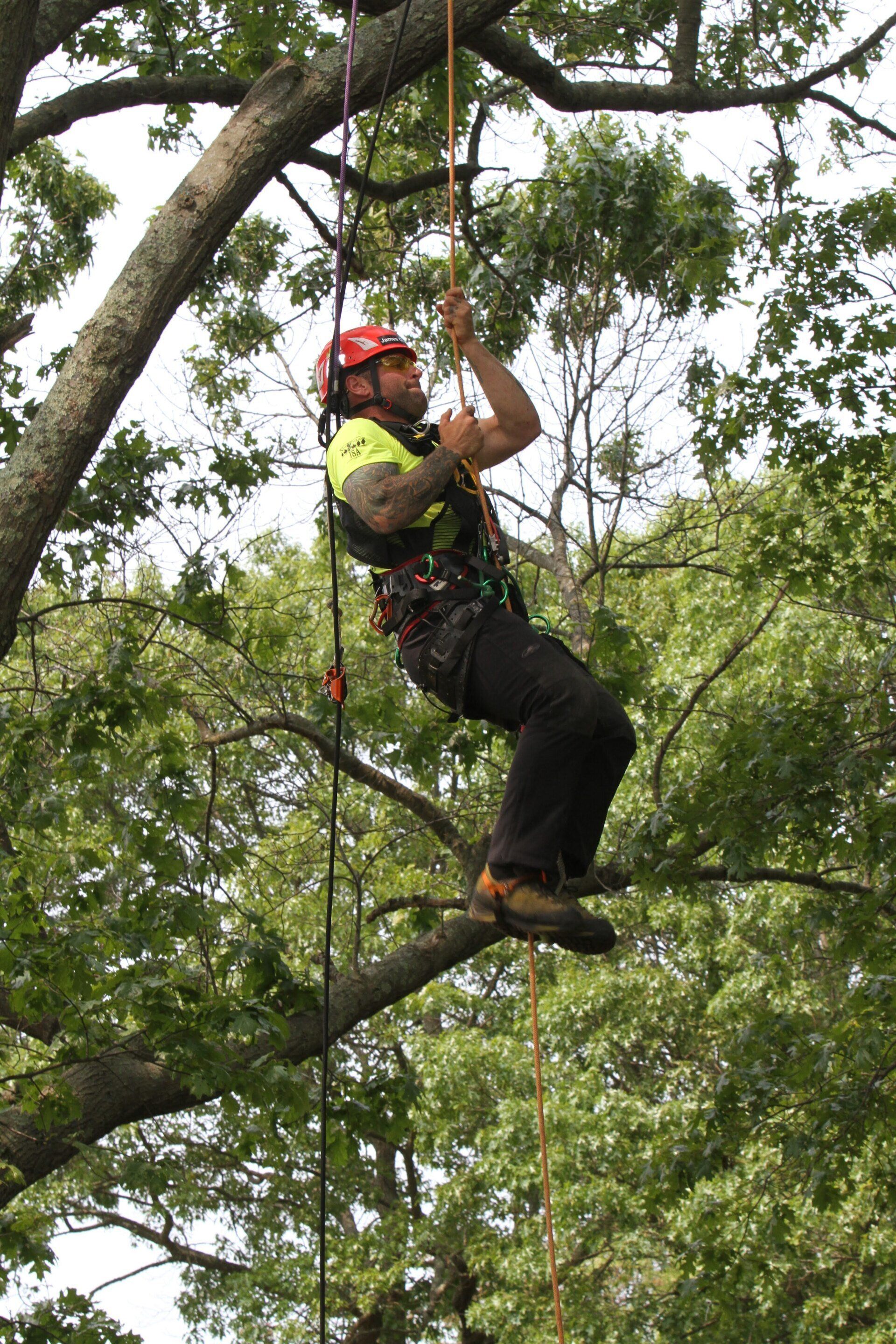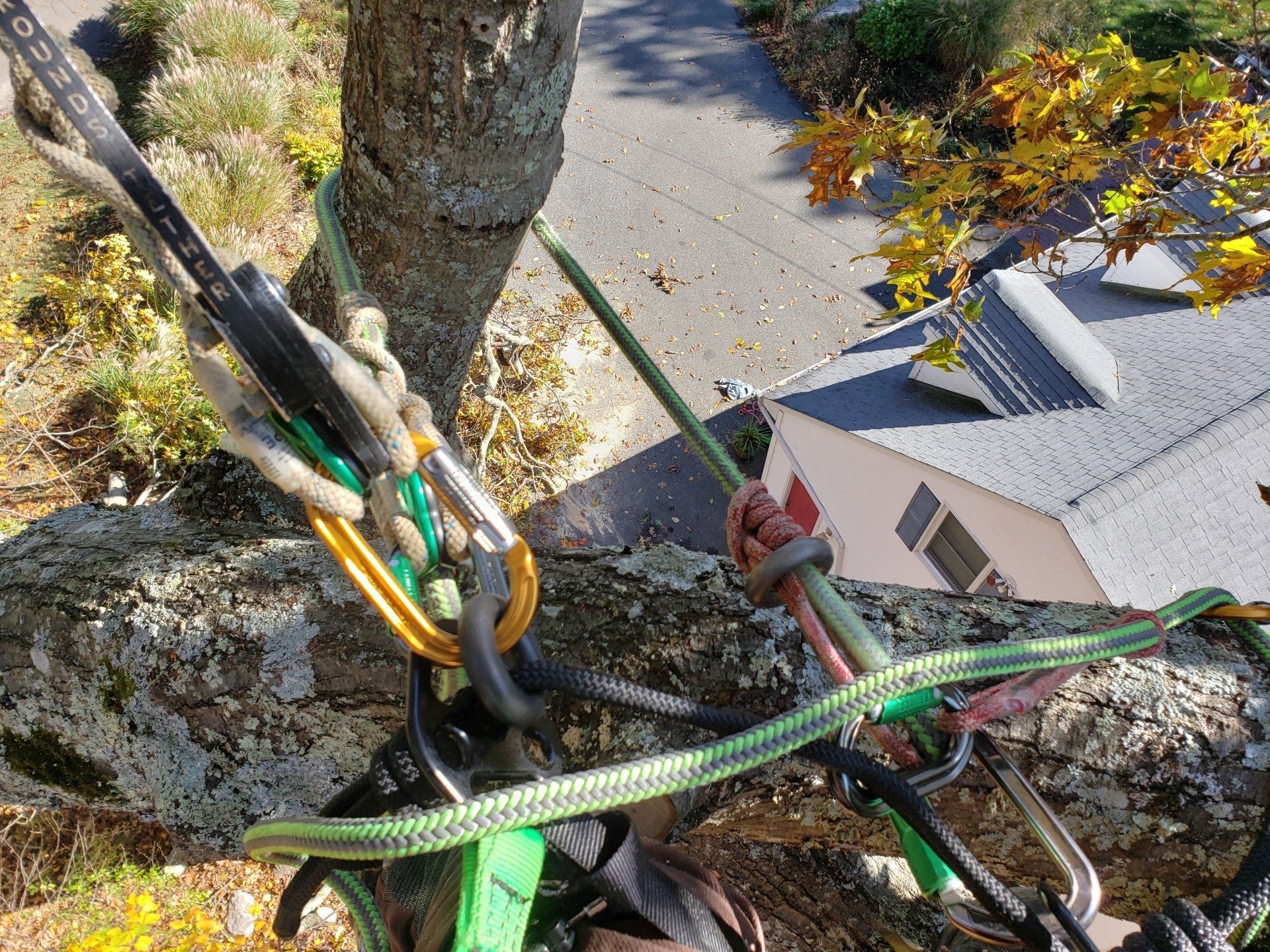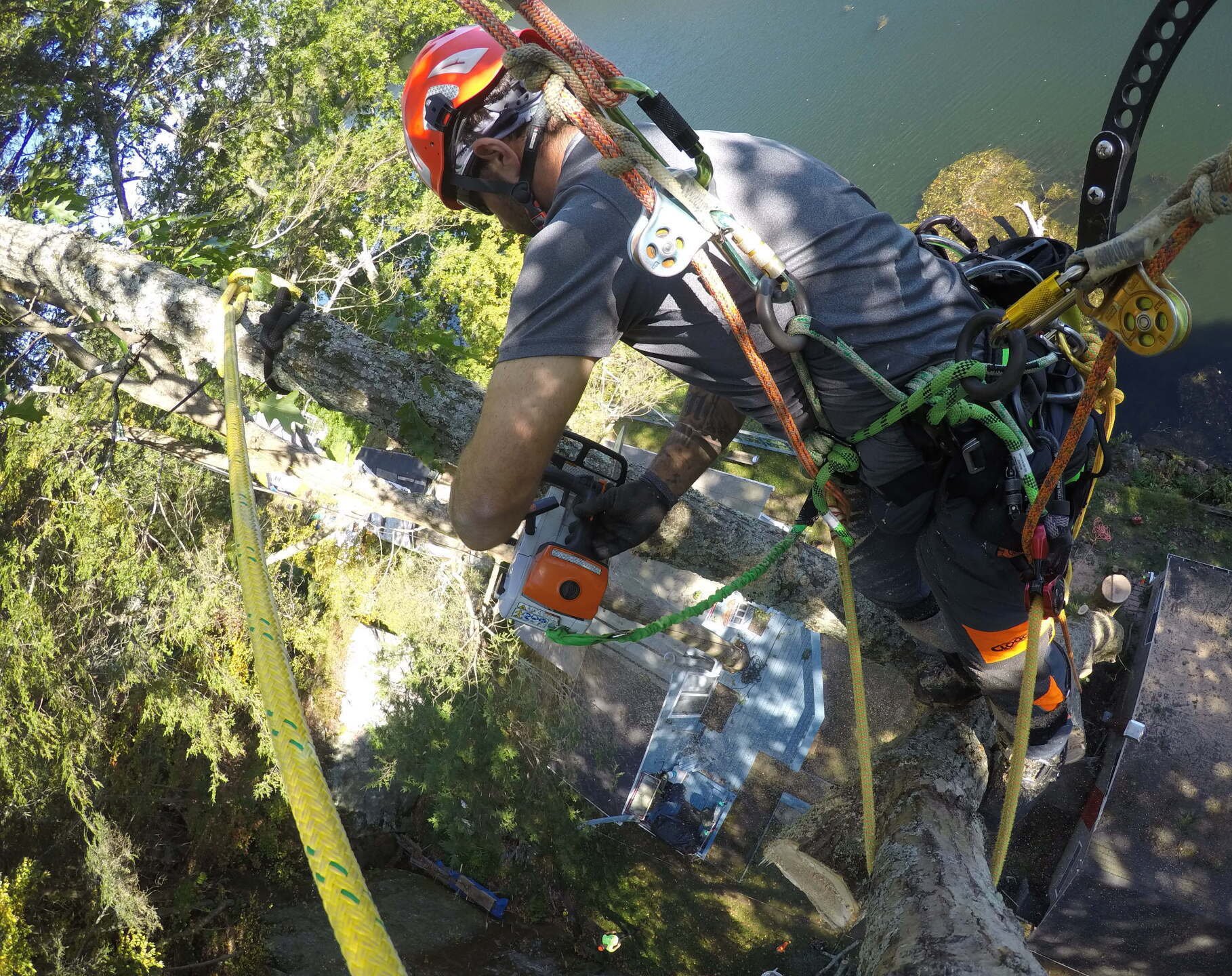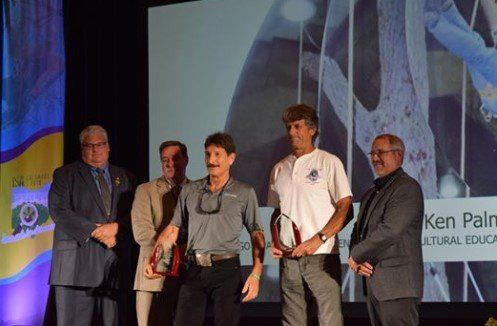One huge advangate to an MRS system is that the rop has taken a bender over a limb or a piece of hardware, creating two parts to the rope and giving the climber a mechanical advantage. This means that the input force a climber needs to pull their body weight is split in half and each part of the rope. This means that the input force a climber needs to pull their body weight is split in half and each part of the rope. So if the average climber weighs 200 pounds, rather than having to advance all 200 pounds, they now are able to pull on one part of the line while onlly having to pull on 100 pounds. One disadvantage to this is that because the rope is in two parts, the climb must move double the rop to advance. Because the rope is constantly moving, this can make re-directing in order to get into the ideal work position quite difficult. The steeper the angle of the rope and contact with hardware, and/or branches can increase the friction and make movement difficult in some positions.
Work Positioning: How to stay "hip" and not be too attached to them
With so many options for tree climbers in this day and age and social media being such a huge influence, how do we make decisions on purchasing equipment and the systems we use to perform the tasks that face us in our day to day operations.
A major push towards SRS/SRT systems in modern tree climbing has left many forgetting the power and versatility of using MRS/Double Rope systems to be the most effective and productive climber we can be. At ArborMaster Training, we encourage our students to select the right system for the task at hand and not be completely committed to one or the other. Both of these powerful weapon climbing systems can travel with you wherever they are needed in the canopy with a tool we have with us every climb, our Work Positioning Lanyard!! I like to tell my students that "SRS systems will get you anywhere, but they won't get you everywhere".
Sometimes it takes that little bit of the MRS advantage to get those couple of extra feet to make the perfect cut. SRS systems are an extremely effective way to access and work position in the canopy giving yourself the best work position by having the ability to redirect and have no worries that friction will affect your ability to navigate through your work plan. SRS systems can also make certain tasks when work positioning difficult because when getting in and out of these positions, the climber will have to pull their entire body weight back up and on to the rope to create enough slack to advance.
Latest Posts:
